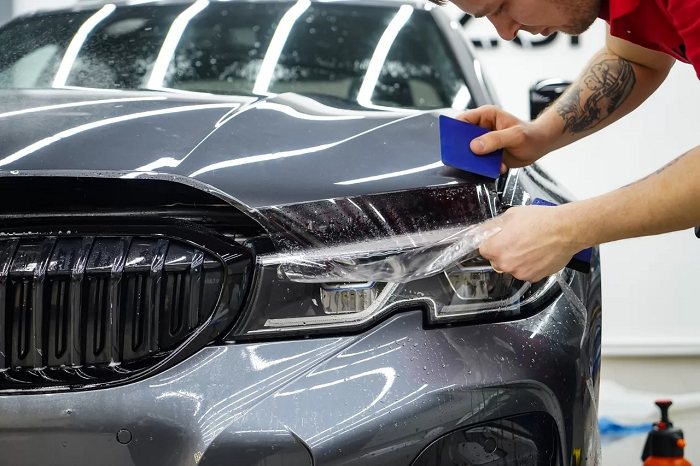By changing the “native” color to another, and non-trivial one, you will certainly achieve a significant effect. But “dousing” or complete pasting are far from simple and budget-friendly solutions.
But you can change the perception of a car with targeted actions, for example, changing the color of individual elements by repainting or vinyl wrapping.
Simply by changing the color of the side mirror housings, door handles or moldings, you will definitely be turning heads at your car for a week or two. Then the effect will gradually fade away – and you can add other touches.
Whether to make these individual parts in body color or, on the contrary, contrasting, “carbon fiber” or “black plastic” – it depends on the car itself, and on the main color, and, of course, on what effect you plan to achieve. In this case, it is worth taking into account the general style of the model, as well as other features, for example, the design and color of the rims. And here you should act with caution: the line between a truly stylish solution and kitsch can be very thin.
This, by the way, applies to the design of not only the body, but also the interior. After all, contrasting or repeating the main color inserts (due to paint or film) enliven the interior and change its perception. And here it is important not to overdo it.
The same is true with appliqués, as well as various kinds of stickers, which can either emphasize a given style or ruin the whole harmony. In this regard, solutions that have already been tested for a given model are “more reliable” (for example, branded sets of stickers or replicas of “special versions”), but experiments are almost always to a certain extent a risk in terms of the final result.
So, you can add a sporty touch to almost any hatchback by running a couple of wide white stripes along the hood, roof and trunk lid. Classic! But on a large sedan or station wagon it will look awkward. However, this does not mean at all that the bodies of such cars should be “sterile”.


